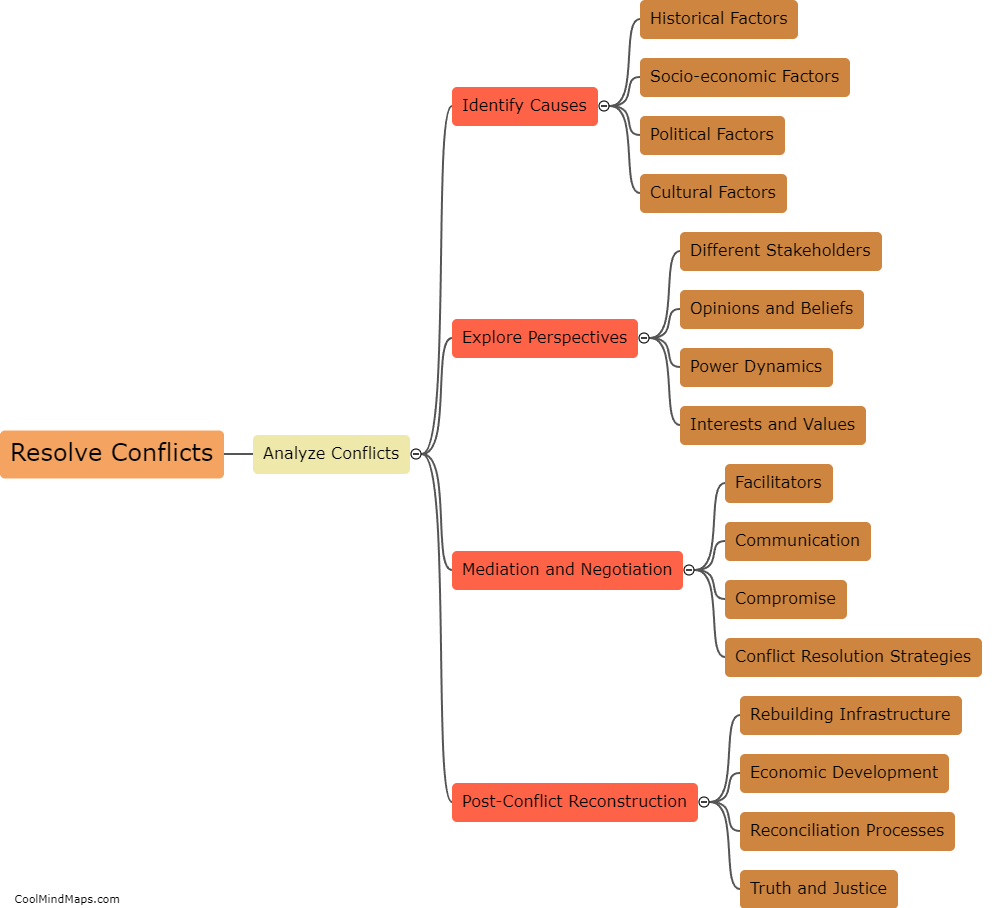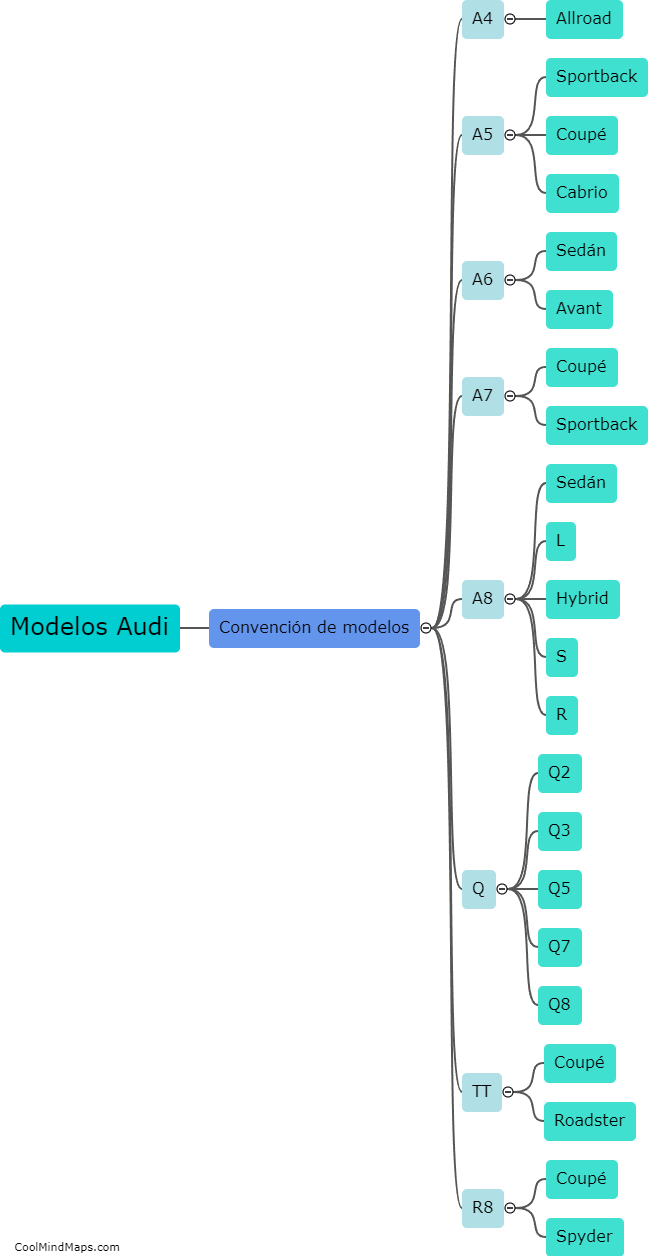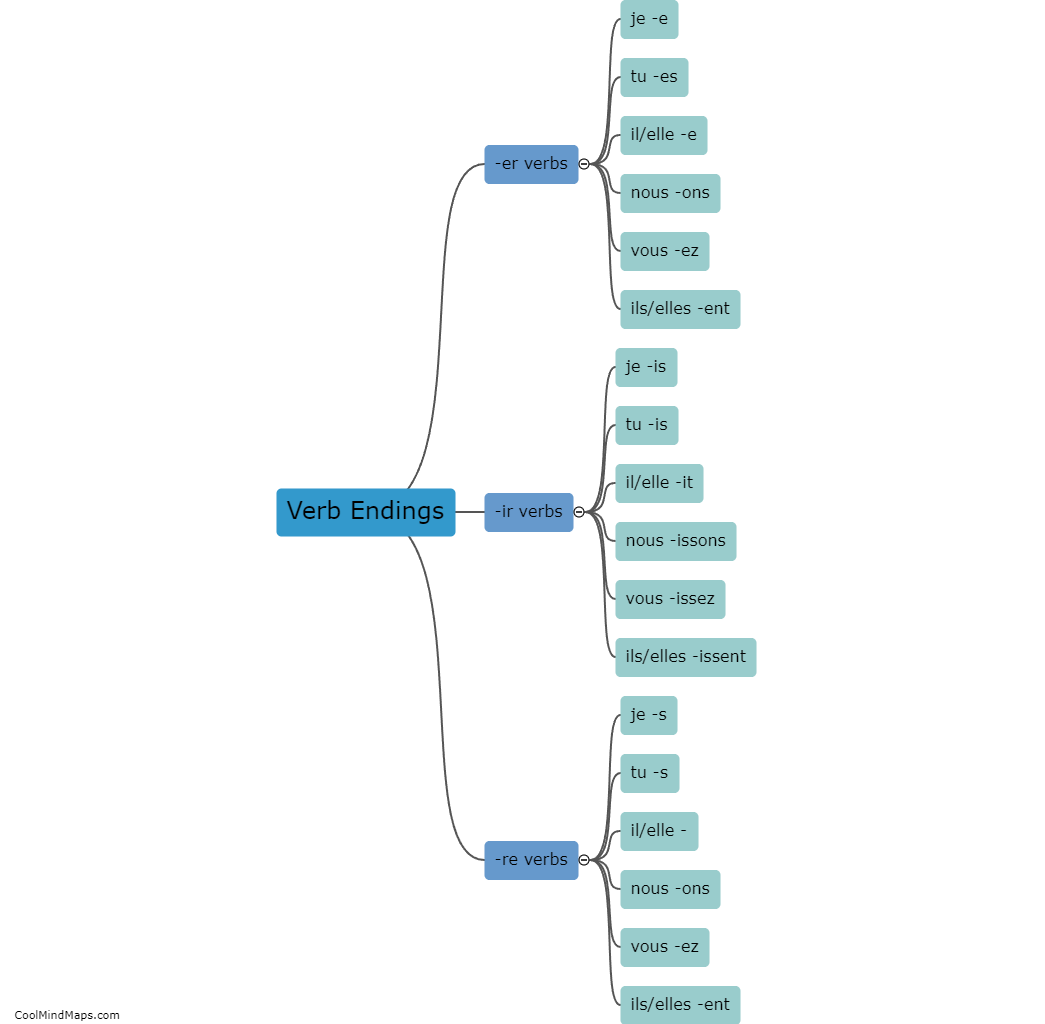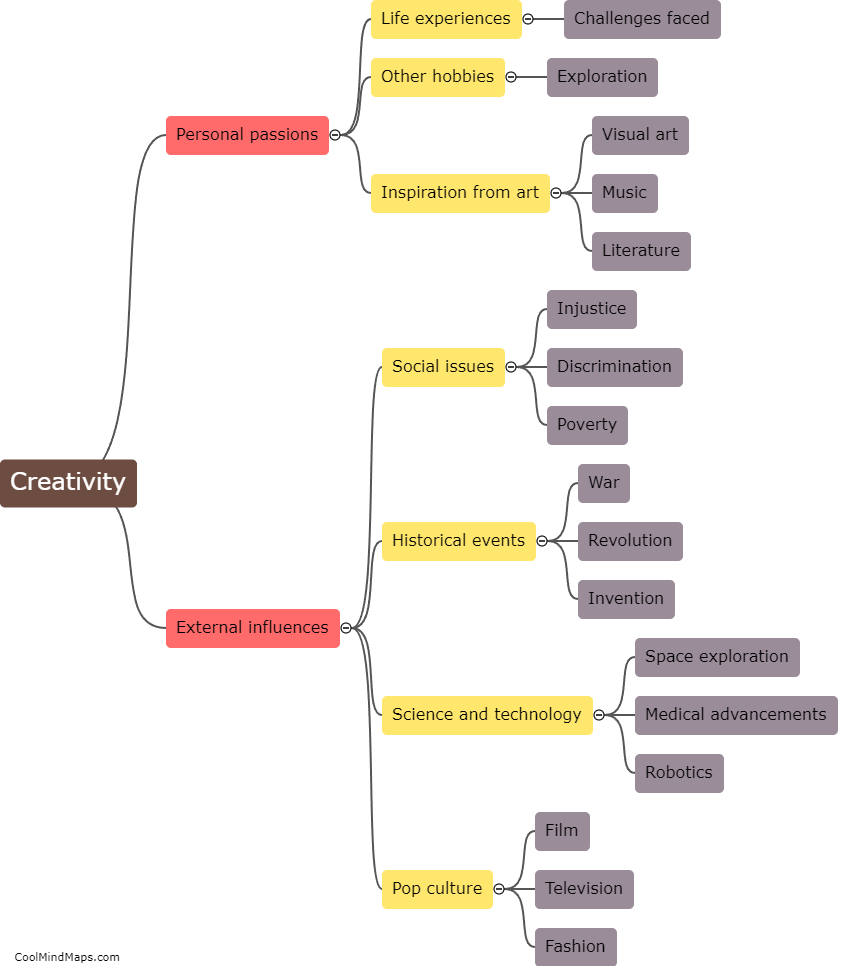How does a nanofiltration system work?
A nanofiltration system works by using a semi-permeable membrane composed of tiny pores to filter out impurities from water. As the water passes through the membrane, particles that are too large to fit through the pores are trapped and removed. The size of the pores in the membrane determines the level of filtration, with nanofiltration systems typically having smaller pores than traditional microfiltration systems. This allows a nanofiltration system to remove a wide range of impurities, including bacteria, viruses, and other contaminants. The result is clean, clear, and safe drinking water.

This mind map was published on 18 June 2023 and has been viewed 130 times.











